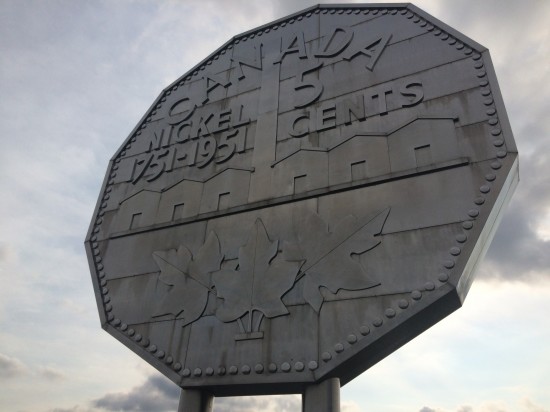By now, you have seen the dress. This dress, by the way, is undeniably, and actually, Blue and Black.
If you’re like me, you see White and Gold (in shadow!) If you’re like many others, you see Blue and Black. If you’re like some, you see Periwinkle and Gold. But the real dress has been confirmed as blue and black.
What’s also undeniable is the colors of the ACTUAL IMAGE are a light purply blue and a brownish orange – so arguably blue but definitely not black.
So there are three questions here:
- Why did the camera screw up so badly, as those colors are clearly NOT the darkish blue and black the dress is supposed to be? How is it possible that the camera did such a bad job?
- Why do my eyes/brain see the white and gold, even though it’s really blue and brown?
- Why do other eyes/brain see the blue and black it actually is even though the picture is terrible?
Here is my theory for question #1. The dress is indoors, in a store perhaps. The area behind the dress and camera is lit with bright incandescent lighting. The area in front of the camera and dress is lit by the sunlight we can see in the photo streaming in from the upper right.
When you take a photo with a camera in automatic mode, it has to make two big decision: what kind of light is it in and how much light should it “suck up”. These are called the “white balance” and the “exposure.”
This camera saw the sun and said “Oh! Sun! I’m in daylight!” and set the white balance to daylight. Since the sun is kind of bluish and incandescents are kind of reddish, this means that the image will be shifted a little bit redder under daylight than incandescent, so making the WRONG decision here means that all the colors in the dress shifted red: the dark gray (not black, really, because it’s shiny) of the trim shifted toward brown, and the blue of the main fabric shifted toward purple.
The camera ALSO realized that it needed to get a bunch of extra light, since otherwise we wouldn’t be able to see the dress in contrast with the bright sun, so it cranked the exposure up. This resulted in everything – the black and the blue – being brighter than they really should have been.
End result? A black and blue dress looks light purple and brown.
Here’s my proof:
I printed some blue and black stripes, taped it onto an opaque file folder, and put scotch tape all over it to make it a little shiny (the dress is shiny!).
Here is the original image and the printed out version taken with automatic options under good light.
Here is the same card, photo taken with bright incandescent lighting – however I manually set the camera to daylight AND overexposed it. In other words, I think THIS is what the camera did wrong to get the image we got.
I think that no matter WHO you are you can interpret that as potentially being white and gold! If anything I exposed it too much.
Okay, so that helps answer the question of “why does the picture look so bad?”
Second question – why do I see something even worse? After all, the actual photo is light blue and brown, and I see white and gold – even further away from the true value. This one I can’t prove, but my theory is that my brain is doing the same thing the camera did, and, just like the camera, getting it wrong.
When white things that are lit by daylight are in shadow, they actually look a little bit purple. My brain is smart. It says “Oh, look, it’s in shadow, so that means it will look a little bit purple even if it’s white. Therefore, I’m going to assume those purple bits are actually white, since the position of the sun makes me believe the dress is in shadow.” My brain also assumes the brown bits are shadowed, so it lightens them up and gives them some shininess, creating the illusion of gold.
In other words, I THINK the picture below is what I’m seeing. This picture is a white-and-gold card, in the daylight, but shaded.
But I’m not.
Third question – why do some see it the right way, and others flip back and forth? Well, this one is harder. I think this particular picture is amazing because it somehow managed to find that perfect middle zone of perception where things can go different ways. Some of our brains do what mine did and make the wrong call about lighting, making the bad picture even worse, Some go the other way, and make the right call, so their brain “fixes” the bad picture. This is what most of our brains do with most pictures – we are CONSTANTLY “fixing” bad pictures in our heads, and some people still get this one right. Others go either depending on the moment, light in the room, brightness of the display, or other factors. It’s in a gray zone. Personally, I’ve only managed to make the original picture look blue and black once – it was by projecting the image, zoomed in, on a white board, in a dark room. Suddenly it looked blue and black to me. Otherwise, I have always seen white and gold.
What makes this more frustrating ans simultaneously appealing than other optical illusions is simply that this one was a complete accident! Usually, to be this confusing, illusions have to be designed.





















